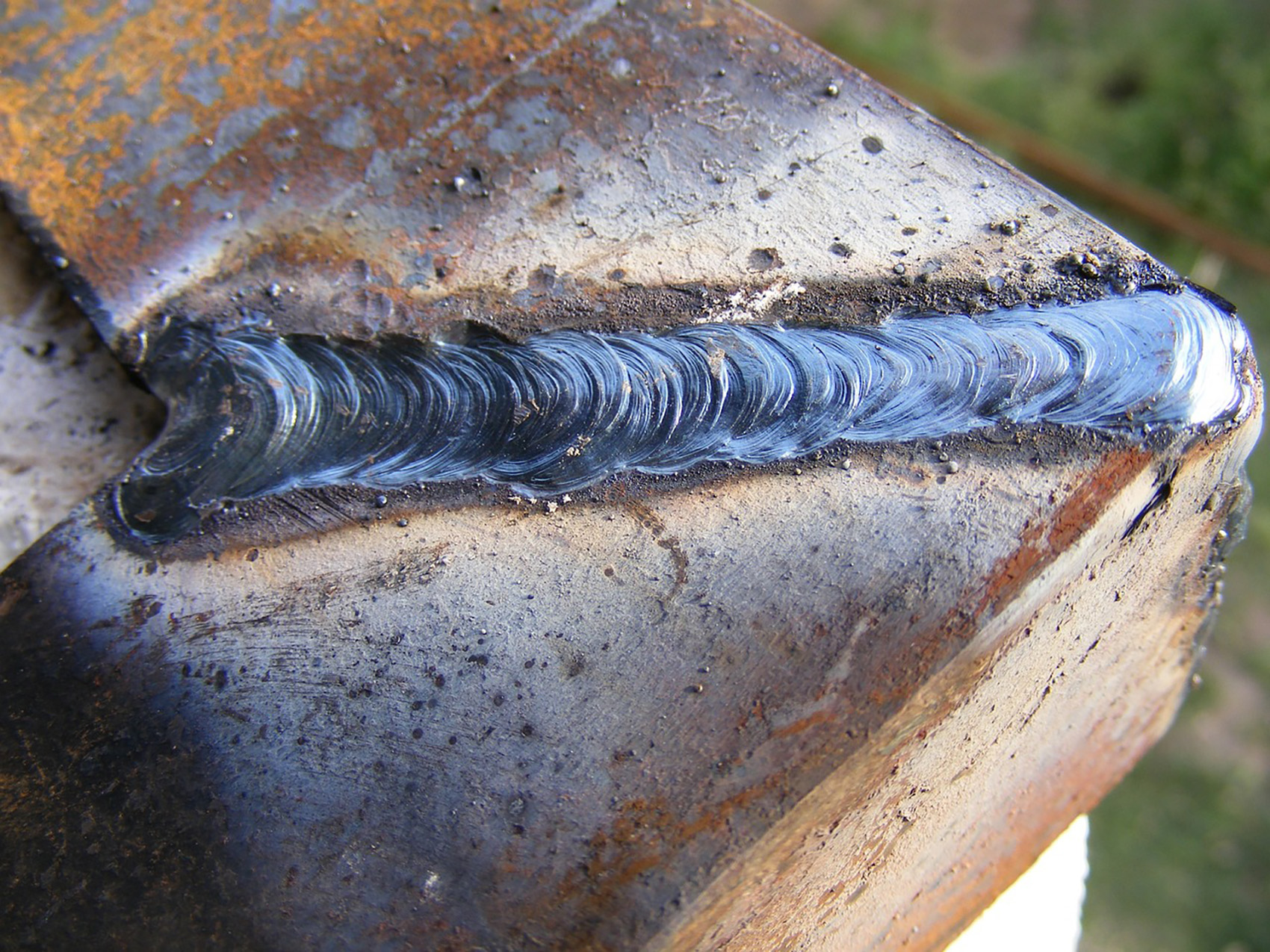Your Total Handbook to Preventing Weld Undercut Like a Pro
Your Total Handbook to Preventing Weld Undercut Like a Pro
Blog Article
Mastering the Art of Welding: Exactly How to Avoid Undercut Welding Issues for Flawless Manufacture Results
Effectiveness and accuracy are critical worldwide of welding, where even the tiniest imperfection can endanger the structural honesty of a made item. One typical difficulty that welders face is damaging, a problem that can lead and weaken a weld joint to expensive rework. By recognizing the root creates of undercut welding and executing efficient strategies to prevent it, welders can elevate their craft to new degrees of excellence (Preventing weld undercut). In the pursuit of perfect manufacture outcomes, grasping the art of welding to stay clear of undercut issues is not just a skill but a requirement for those striving for perfection in their work.
Recognizing Undercut Welding

To avoid undercut welding, welders must make certain correct welding criteria, such as readjusting the existing, voltage, traveling speed, and maintaining the correct electrode angle. By understanding the causes of undercut welding and implementing preventative actions, welders can accomplish high-quality, structurally audio welds.
Sources Of Undercut in Welding
Recognizing the elements that add to damage in welding is vital for welders to produce top quality, structurally sound welds. Inadequate welding incorrect or present welding rate can also contribute to damage. Recognizing these causes and carrying out correct welding techniques can assist stop damaging concerns, guaranteeing strong and long lasting welds.
Strategies to stop Undercutting

To mitigate the threat of damaging in welding, welders can use strategic welding methods intended at improving the high quality and integrity of the weld joints. Additionally, using the right welding method for the particular joint configuration, such as weave or stringer grains, can add to minimizing undercutting.
Moreover, appropriate joint preparation, consisting of making certain tidy base materials totally free of pollutants and using the ideal welding consumables, is critical in protecting against undercut flaws. Using back-step welding strategies and regulating the weld bead account can likewise help disperse warm uniformly and minimize the threat of undercut. Routine inspection go to the website of the weld joint throughout and after welding, along with carrying out quality control procedures, can aid in detecting and addressing damaging issues without delay. By executing these techniques faithfully, welders can accomplish More Help remarkable construction results with marginal undercut problems.
Significance of Correct Welding Criteria
Choosing and keeping appropriate welding parameters is vital for attaining effective welds with minimal defects. Welding criteria describe variables such as voltage, present, take a trip speed, electrode angle, and protecting gas circulation rate that straight affect the welding procedure. These specifications need to be carefully adjusted based upon the kind of material being welded, its thickness, and the welding technique utilized.
Appropriate welding criteria make certain the right amount of heat is put on thaw the base metals and filler material consistently. If the specifications are set expensive, it can bring about too much warmth input, creating spatter, distortion, or burn-through. On the various other hand, if the criteria are too reduced, insufficient combination, lack of penetration, or damaging might take place.
Top Quality Guarantee in Welding Workflow

Conclusion
In verdict, understanding the art of welding needs a comprehensive understanding of undercut welding, its causes, and strategies to avoid it. By making sure proper welding criteria and carrying out quality control methods, perfect fabrication outcomes can be accomplished. It is essential for welders to constantly pursue quality in their about his welding operations to avoid undercut concerns and produce high-grade welds.
Undercut welding, a typical defect in welding procedures, occurs when the weld steel doesn't effectively fill the groove and leaves a groove or anxiety along the bonded joint.To stop undercut welding, welders must make certain correct welding specifications, such as readjusting the current, voltage, traveling rate, and keeping the right electrode angle. Inadequate welding incorrect or present welding rate can also add to damage.To mitigate the danger of damaging in welding, welders can employ critical welding techniques aimed at improving the top quality and integrity of the weld joints.In final thought, understanding the art of welding requires a detailed understanding of undercut welding, its causes, and techniques to avoid it.
Report this page